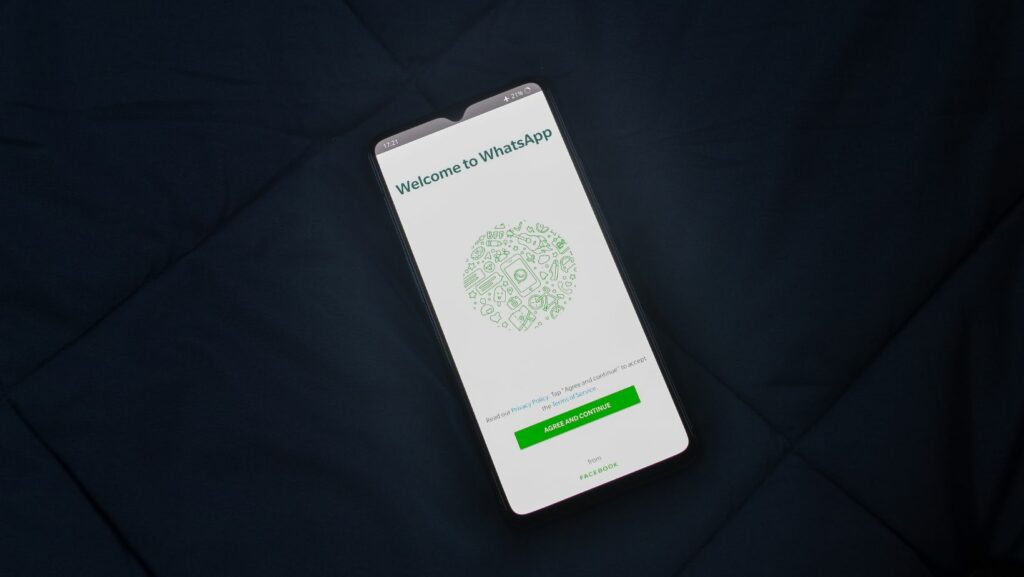
Enhancing Your Messaging Experience: WhatsApp For Java
As an expert blogger with years of experience, I am excited to delve into the topic of WhatsApp for Java. WhatsApp is a widely popular messaging app that allows users to send text messages, make voice and video calls, and share various media files. However, while WhatsApp is available on most modern smartphones, there is a demand for a Java version that can be used on older devices. In this article, I will explore the options and possibilities of using WhatsApp on Java-based phones.
Java-based phones have been around for quite some time and are still widely used by many individuals. However, the lack of a dedicated WhatsApp version for Java phones has left users searching for alternatives. In this article, I will discuss the availability of WhatsApp for Java phones and provide insights on how to use the messaging app on these devices. Whether you’re a Java phone user or simply curious about the possibilities, this article will provide you with the information you need.
Despite the rise of smartphones, there is still a significant number of people who rely on Java-based phones for their communication needs. WhatsApp, being one of the most popular messaging apps, has recognized this and has made efforts to cater to Java phone users. In this article, I will explore the features and limitations of WhatsApp for Java phones, and provide step-by-step instructions on how to download and install the app on these devices. Stay tuned for an in-depth look at WhatsApp for Java and how it can enhance your messaging experience.
WhatsApp For Java
As a popular messaging app, WhatsApp offers a wide range of features and functionalities. But why should Java phone users consider using WhatsApp? Here are a few reasons:
1. Accessibility: WhatsApp for Java phones allows users to stay connected with their friends and family through instant messaging, even if they don’t have access to a smartphone. It provides a convenient way to send text messages, make voice and video calls, share files, and more.
2. User-Friendly Interface: One of the benefits of using WhatsApp on Java phones is its simple and user-friendly interface. The app is designed to be easy to navigate, making it accessible for users of all levels of technical expertise.
3. Lightweight: WhatsApp for Java phones is designed to be lightweight, ensuring that it doesn’t consume excessive storage space or use up too much data. This is especially important for older Java-based phones with limited resources.
4. Versatility: Java is a widely-used programming language known for its versatility and portability. WhatsApp for Java phones allows users to enjoy the messaging app on various Java-based devices, including older phones that do not support modern smartphone operating systems.
WhatsApp for Java phones provides a convenient and accessible way for users to stay connected with their loved ones. Its user-friendly interface, lightweight design, and basic messaging capabilities make it a viable option for Java phone users. Whether you have an older Java-based phone or simply prefer the simplicity of WhatsApp on your device, it’s worth considering WhatsApp for Java.
How to Download and Install WhatsApp for Java
To get started with WhatsApp on your Java-based phone, you’ll need to follow a few simple steps to download and install the app. Here’s a step-by-step guide on how to do it:
- Check Compatibility: Before proceeding, make sure that your Java phone is compatible with WhatsApp. Not all Java phones are supported, so it’s essential to check if your device meets the requirements.
- Find a Trusted Source: Search for a reliable source to download the WhatsApp for Java installation file. Be cautious and avoid downloading from unknown or untrusted websites to protect your device from malware or viruses.
- Download the Installation File: Once you’ve found a trusted source, download the WhatsApp for Java installation file to your computer or directly to your phone, depending on the download options available.
- Transfer the File to Your Phone: If you downloaded the installation file to your computer, connect your Java phone to your computer using a USB cable. Transfer the installation file to a location on your phone’s storage that you can easily access.
- Locate the File on Your Phone: If you downloaded the installation file directly to your phone, navigate to the location where the file was downloaded.
- Install WhatsApp: Once you’ve located the installation file on your phone, open it to start the installation process. Follow the on-screen prompts to complete the installation.
Whether it’s sending messages, sharing photos and videos, or joining group chats, WhatsApp for Java phones allows users to stay connected with friends and family. So, if you own a Java-based phone and want to experience the convenience of WhatsApp, give it a try and start connecting with your loved ones today.






